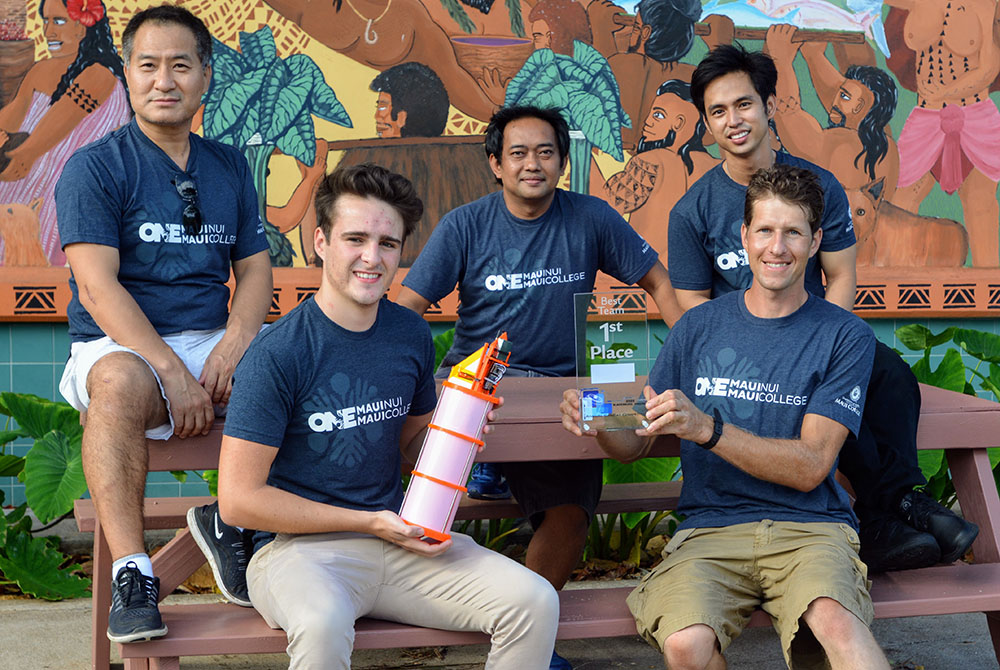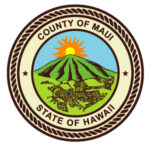The University of Hawai’i Maui College (UHMC) Engineering Technology Program entered two teams in the 2020 International CanSat Competition. Out of 33 teams from more than a dozen countries, Team Onipa’a placed first and Team Paka’a placed 23rd. The competition required teams to design, build and launch a container holding a science payload. The annual event was organized by the American Astronautical Society to inspire future engineers seeking creative solutions, and the UHMC teams were sponsored by the NASA Hawaii Space Grant Consortium.

“The CanSat competition was designed to reflect, on a small scale, a typical NASA aerospace program,” said faculty advisor Dr. Jung Park, Associate Professor in the UHMC Engineering Technology Program and Associate Director of the NASA Hawai’i Space Grant Consortium. “The challenge included all aspects of research from the preliminary design review to the post mission review, incorporating the telemetry requirements, communications, and autonomous operations. This year’s challenge was to design a glider that is capable of unpowered flight and autonomous navigation, telemetry transmission, and sensor data collection while withstanding the extreme forces of a rocket launch.”
The team’s electronics and ground control station software were designed, fabricated, and confirmed operational in a test environment per CanSat specifications. They designed and 3D-printed the mechanical parts, the close-loop control system, and the Arduino code was written and simulated in Matlab. The results showed that critical payload systems are designed to operate in the conditions outlined in the CanSat Competition Mission Guide.
Onipa’a Team Leader Arthur Agdeppa said, “Each member of my team offered a diverse set of expertise, views, and knowledge, which was optimal to integrate various subsystems of our science payload and container. They took responsibility and pride in their weekly assigned tasks, and they welcomed the CanSat competition opportunity. It pushed us to be creative in our design, be resilient in our failures, and to be team players. One of our project’s external objectives was to promote STEM (science, technology, engineering, mathematics) in our community and gain the confidence of young aspiring engineers. We hope that our winning the competition accomplished just that.”
The CanSat project was an excellent way for us to showcase all that we have learned at UHMC.
Arthur Agdeppa, Team Onipa’a Leader, UHMC Engineering Technology Program
